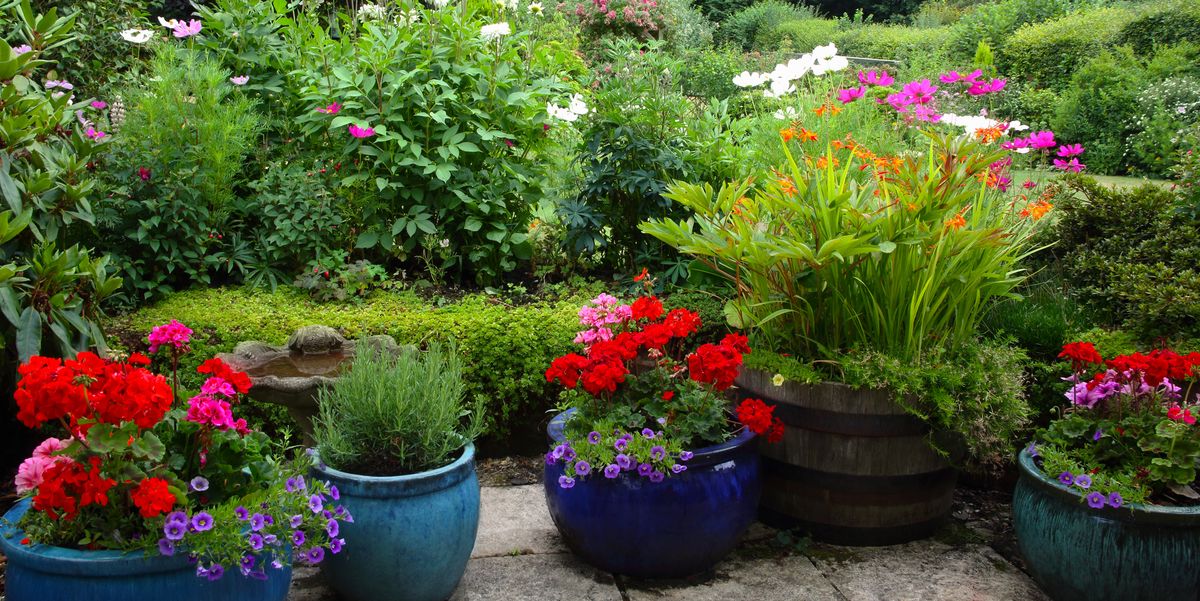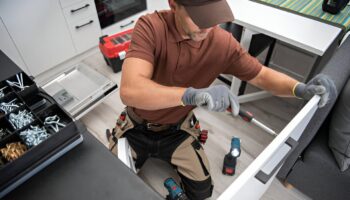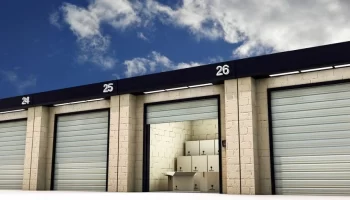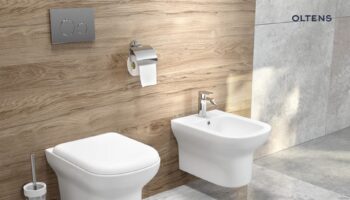Gardening enthusiasts always look for ways to make their plants grow more efficiently and sustainably. Repurposing household products as nursery pots is an innovative way to grow plants. This approach not only promotes sustainability but also saves you money. No matter if you’re a novice or an experienced gardener, this guide can provide you with tips and practical ideas to help you transform everyday items into nursery containers that are both functional and attractive.
What Are The Benefits Of Repurposing Items From Your Home?
- Cost Saving: Repurposing existing household items will save you money.
- Sustainability: By reusing products, you reduce waste.
- Creative: You can use this practice to explore your creative side and personalise and enhance your garden.
- Availability: Household products are easily available. This makes it simple to begin gardening without a store trip.
Repurpose Household Items
- Plastic Bottles
Plastic bottles are widely used and available in many different sizes. By cutting them in half, they can be easily converted into nursery pots. The bottom half acts as a container, while the upper half can serve as a cover to protect seedlings.
How You Can Repurpose?
- Reduce the size of the bottle by half.
- For drainage, drill holes into the bottom.
- Fill with soil. Plant your seeds or plants.
Tin Cans
Tin cans also make strong and durable containers for nursery plants. They are ideal containers for small plants, herbs, and flowers.
Repurpose
- Do not use the cans if they are dirty.
- For drainage, drill holes into the bottom.
- To add a personal flair, you can paint or decorate the cans.
- Fill with dirt and plant your seeds.
Egg Cartons
You can start seeds with egg cartons. They are biodegradable. You can plant them directly in the ground, which reduces transplant stress.
How to Repurpose?
- Cut off the lid of the egg carton.
- Fill each egg cup with soil.
- Plant seeds on each cup.
- Place it in the sun.
Mason Jars
Mason jars serve as functional and beautiful nursery containers. They are especially useful for plants that you want to grow indoors. They are great for growing succulents, herbs, and other small plants.
How You Can Repurpose?
- Do not forget to clean the jars completely.
- Add small rocks or gravel to the bottom layer for drainage.
- Fill with soil or seedlings.
Old Teapots And Cups
Vintage teapots, cups and mugs add character to your garden. They’re perfect for herbs or small plants.
How You Can Repurpose?
- Teapots & cups should be thoroughly washed.
- Do not forget to add drainage holes (if applicable) at the bottom.
- Fill with soil. Plant your seeds or plants.
Shoeboxes
Shoeboxes may be used as temporary nursery containers. They are particularly useful when larger seedlings need more space to grow.
How You Can Repurpose?
- Line the box with plastic to protect it from water damage.
- For drainage, poke holes into the plastic bag.
- Fill with soil or seedlings.
Tips on Successful Repurposing
- Install Drainage: Many items in the home do not have drainage built in. To prevent waterlogging, it is important to create holes in your containers’ bottoms.
- Select the Right Size: Select containers that provide sufficient space for your plant’s growth. Larger plants need larger containers.
- Use Quality Soil: The success and longevity of your plants are largely determined by the quality of the soil. Use a potting mix with essential nutrients that also have good drainage.
- Tag Your Containers: Label your containers to keep track of what you’ve planted. It’s especially important if growing different types of plants.
Decorating Ideas for Repurposed Containers
- Paints & Stencils: Use acrylic colours and stencils to create vibrant colours & patterns on your containers. This is a great way to turn ordinary items into stunning garden features.
- Decoupage: Decorate your containers with decorative fabric or paper using decoupage. This technique provides endless design opportunities.
- Natural Elements: Wrap containers in twine for a rustic effect. You can glue stones or shells on the outside to add texture.
Conclusion
Repurposing common household items to create nursery containers enhances your gardening experience in a way that is practical, eco-friendly, and creative. It promotes sustainability by reducing the amount of waste. You can also personalise and customise your garden with this unique and functional container. If you follow the guidelines below, you will be able to grow different types of plants successfully in repurposed planters.
Don’t miss the chance to turn everyday items like coffee cups and plastic bottles into a home for plants. It will make a difference in the environment. Happy gardening!





